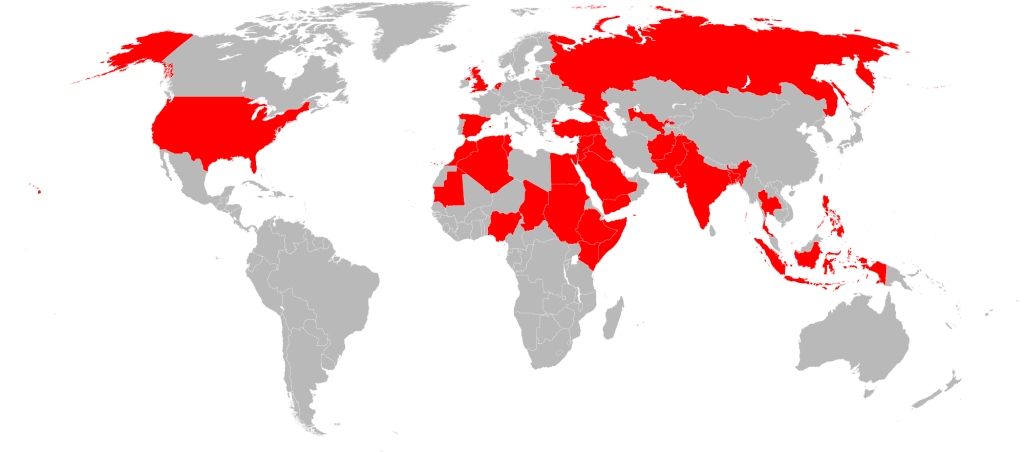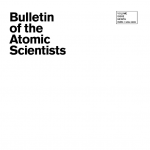The global impacts of a terrorist nuclear attack: What would happen? What should we do?
By I. Arguello, Emiliano J. Buis | March 4, 2018
 global terrorist attack
global terrorist attack
As seen by recent events such as the bombing in Manchester, UK, terrorism can occur anywhere, at any time. So far, the terrorist incidents have been relatively low-tech – such as improvised explosive devices detonating inside pressure cookers, trucks driving down crowded sidewalks, or bombs exploding in backpacks containing metal bolts and screws. But what if terrorists were to build a dirty bomb that contained radioactive materials instead of bits of metal shrapnel, and set it off in a major city? Or, worse, what if they managed to build a fully functioning nuclear weapon, cart it to the downtown of a city, and then detonate it – even a small, rudimentary one that was much smaller than the atomic bomb dropped on Hiroshima? What would the social, economic, and political impacts of the successful terrorist use of a nuclear weapon look like? What planning has the international community done for such an event?
Together, we make the world safer.
The Bulletin elevates expert voices above the noise. But as an independent nonprofit organization, our operations depend on the support of readers like you. Help us continue to deliver quality journalism that holds leaders accountable. Your support of our work at any level is important. In return, we promise our coverage will be understandable, influential, vigilant, solution-oriented, and fair-minded. Together we can make a difference.
















